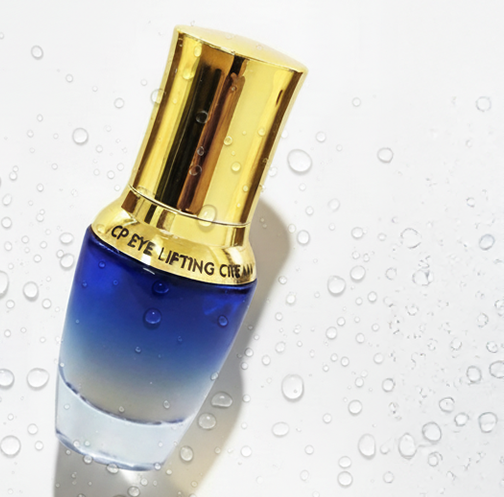Allergies are one of the most prevalent but neglected diseases, according to the Asthma and Allergy Foundation of America (AAFA). They can be present in both children and adults, and often, we don’t realize we have them until we experience an allergic reaction.
But let’s start with the basics. What do we mean when we refer to “allergies”?
An allergy occurs when our immune system overreacts to a food or foreign substance (for example, eggs, shrimp, bee pollen, dust, or cat fur) that would not normally be harmful to our body. Our body recognizes it as a “dangerous invader” and tries to defend itself to protect us. Our body then releases certain chemicals, such as histamine, which cause various symptoms, such as catarrh, hives (itchy rashes), shortness of breath, and anaphylaxis.
Is it possible to develop an allergy in adulthood?
Yes, it is possible. Allergies can be caused by both genetic factors and exposure to allergens during our lifetime. An adult who has had no allergies in the past may develop them later, just as it is possible that an allergen that bothered them in the past may stop bothering them at some stage. For example, various allergies that children develop, such as a milk allergy, often resolve after several years. Although it is still not entirely clear why we can develop an allergy to something that previously did not bother us, possible reasons include exposure to new allergens, family history, changes in the immune system, and continued exposure to the allergen in question.
One allergy may be related to another:
Research has shown that some allergies are linked in some way. For example, it has been found that people who are allergic to shrimp are often allergic to dust mites. This seems to be due to the similarities that exist at the molecular level in the substances within them. Our body recognizes some similarity in the “invaders” and goes on the defensive.
In general, it is good to be aware of our allergies so that we can protect our body from possible allergic reactions. We can do this by carrying out a valid and trustworthy medical test.
As for new products that we want to use on our body, face, or hair, we recommend that we always proceed with allergy testing before we start using them extensively. Simply place a small amount of the product on the inside of your palm, and if within 24 hours you do not experience any reaction, continue using the product as normal.







